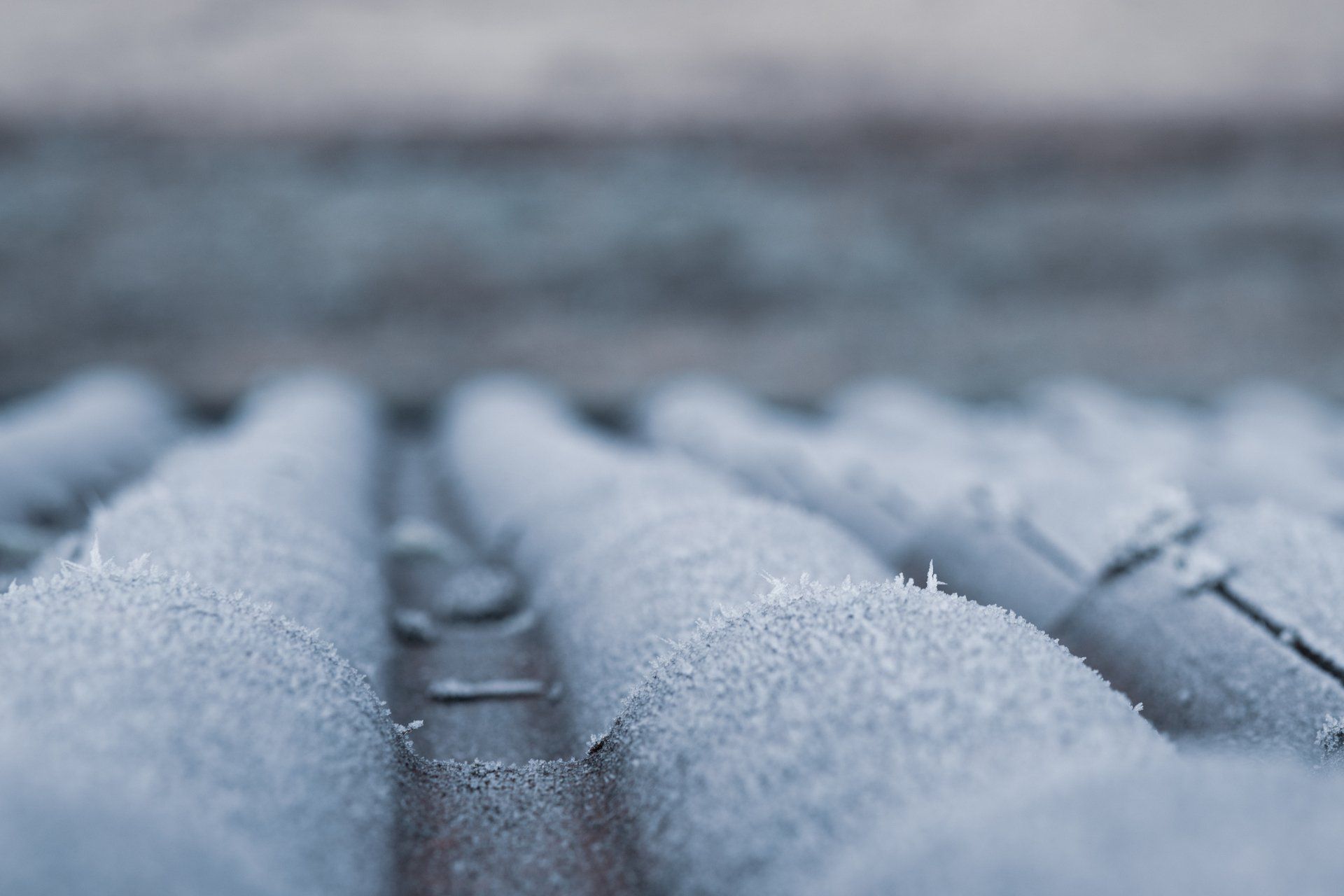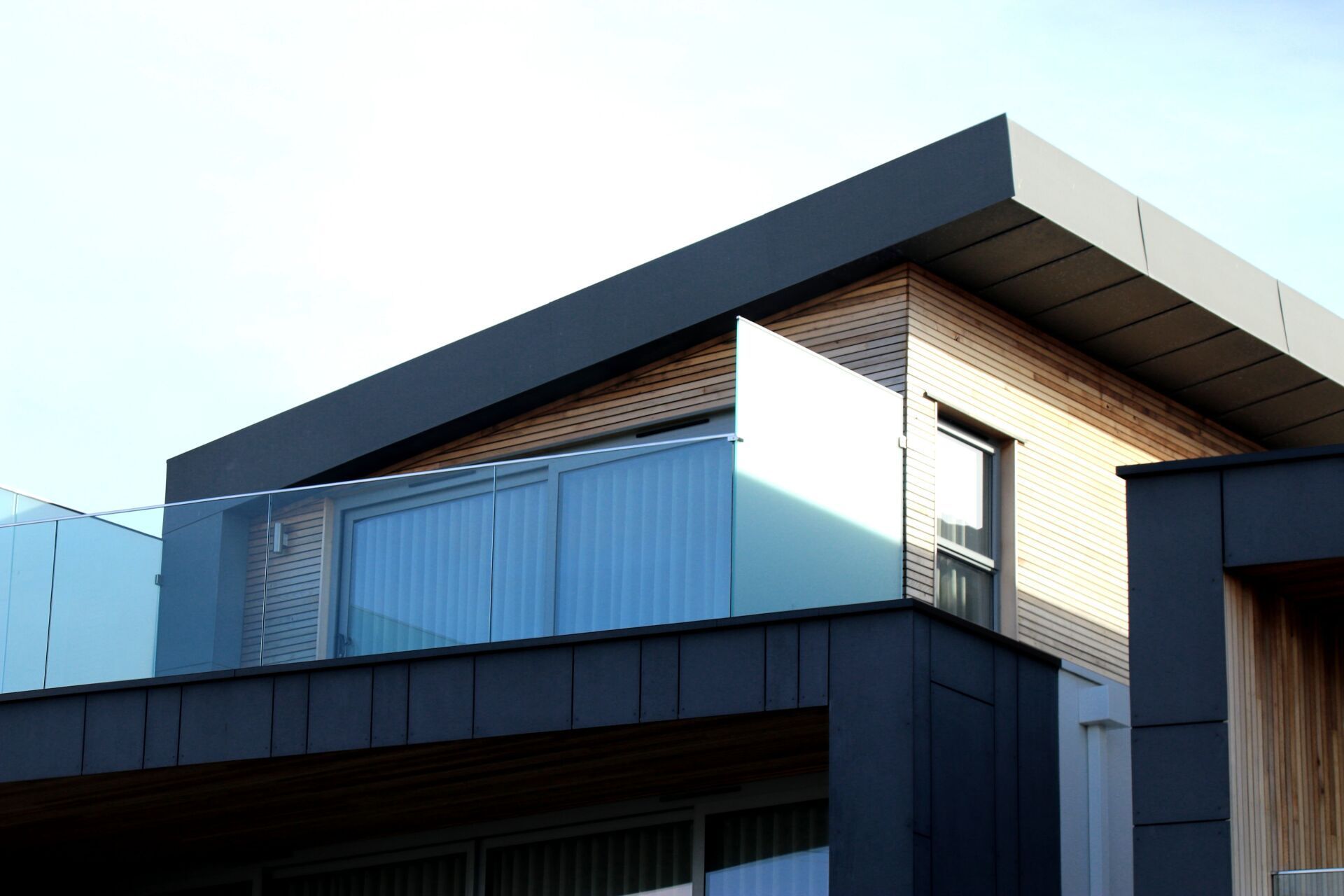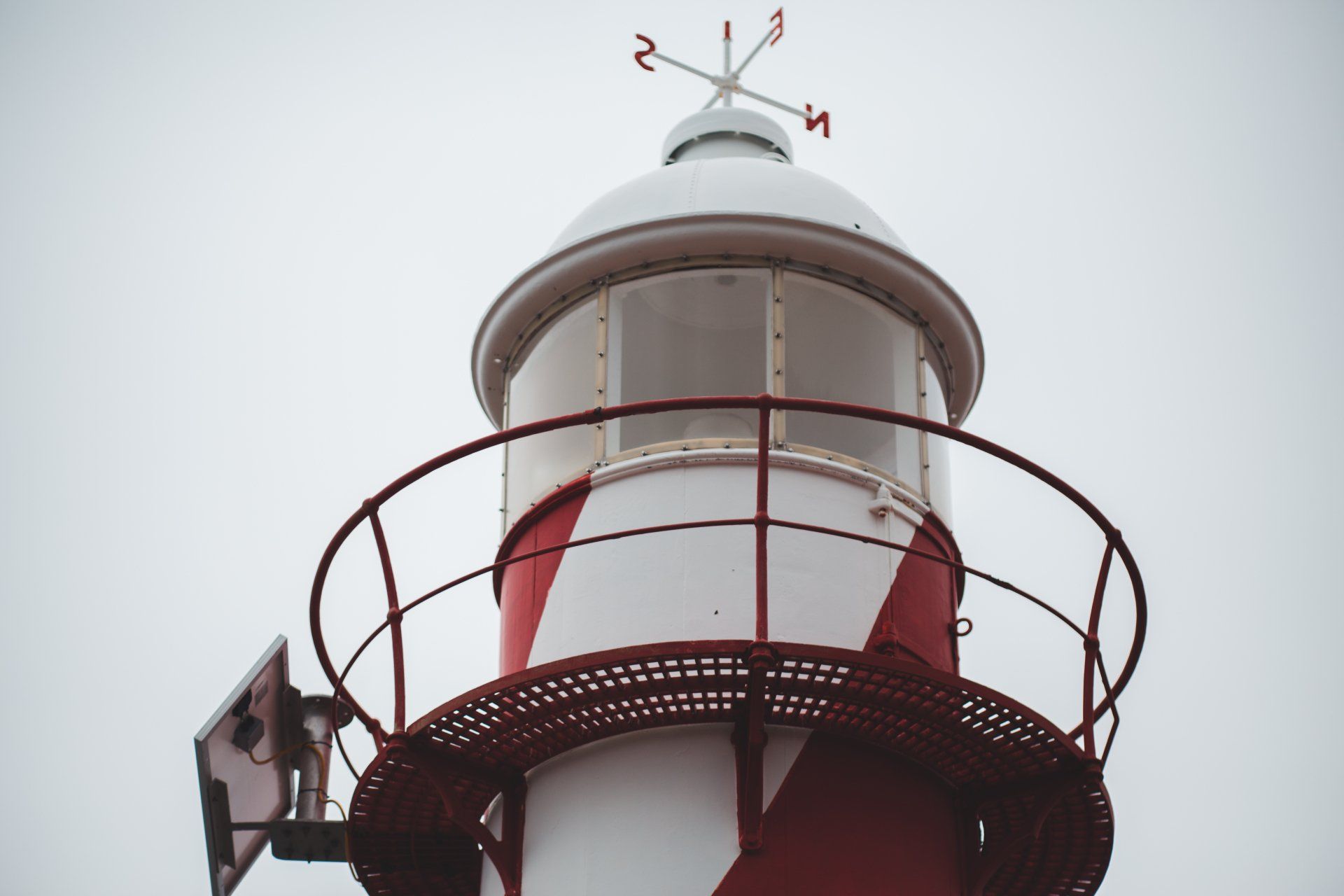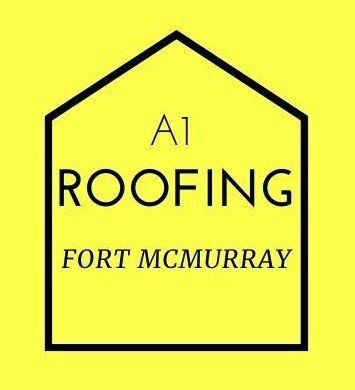Are Snowflakes Good or Bad for Your House's Roof?
Are Snowflakes Good or Bad for Your House's Roof?
It's that time of the year when snowbanks start to accumulate, and parts of the world are blanketed in white. You may not have noticed your home has been affected by the snow while you were indoors wrapped up in blankets.
Snow can have some interesting effects on your roof. You may need to create a plan to get rid of snow if it is too heavy. However, it's important to be careful. The melting of snow can lead to ice dams. A light snow blanket can act as insulation and keep heat in your home. Let's talk about rooftop snow: When and how it should be removed, and when it's better to stay where it is?
If you see snow on your roof, it is a sign that your roof is doing its job.
Many homeowners are worried about snow accumulating on their roofs. But it is actually a good thing. If the snow doesn't melt quickly, it is a sign that heat is not escaping through your attic floors and then transferring to your exterior.
Although you wouldn't think heat transfer would cause any problems, the problem is that heat doesn't transfer evenly through the roof. It usually refreezes when it hits your gutters where it is colder. This creates an ice dam. It is a situation where a solid ridge or ice begins to form on the roof's edge. These ice blocks can cause roof damage and leaks. It's good to know that your roof isn't producing them.
A little goes a long way.
If you live in an area that receives two to three feet of snow a year, it can cause damage to your roof. Although your roof is designed to withstand snow accumulation, if this has not yet happened, additional snow can build up on top of the older, wetter layer. The average roof can hold 20 pounds of snow per square foot. This is approximately two feet of dry snow and up to four feet of light, fluffy snow.
You may need to consider removing snow from your home once you reach those levels. It could cause your roof to collapse, which can be a very unpleasant experience, especially in subzero temperatures. You can't get to the top of your roof using a snow shovel. You run the risk of damaging your asphalt roof and causing your roof to leak.
Unmelted snow may act as an insulation blanket.
Some homeowners wonder if blanketing snow acts as insulation. It doesn't allow heat to escape. A light, fluffy snow is composed of ice crystals suspended within pockets of air. This is the same composition as fiberglass insulation but with ice instead of glass. Many homeowners report their homes feeling warmer after a snowfall, provided there is enough insulation in the attic to keep the heat inside and snow on the roof.
You can add fiberglass insulation between your attic floor joists, a radiant barrier under your roof, and rigid foam insulation above the roof sheathing if you are concerned about heating. You might also want to inspect the air sealing around your chimney, pipes, and windows. An HVAC specialist can check that your ducts don't leak heat. These ideas will allow you to keep your home warm even when the snow melts, which, with any luck, will happen soon!













